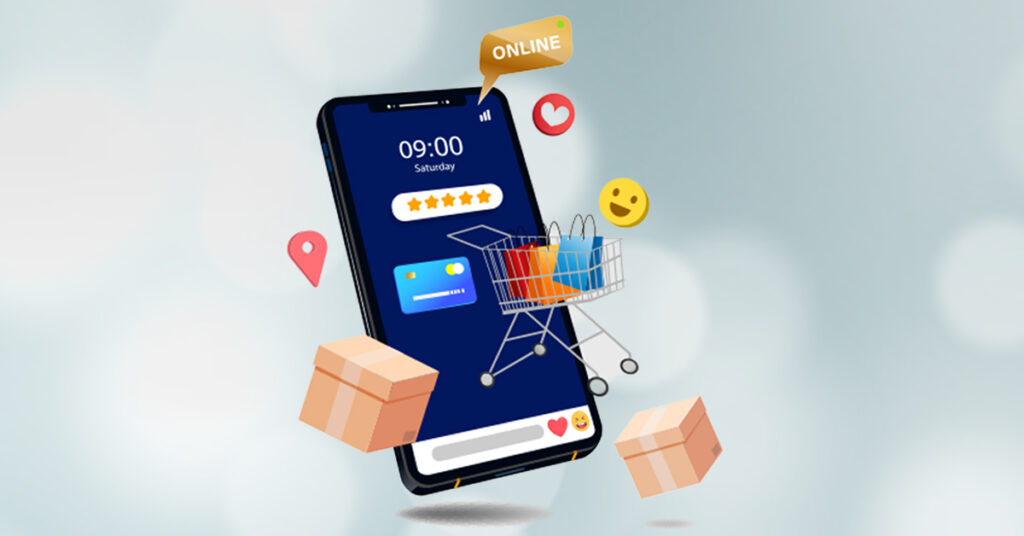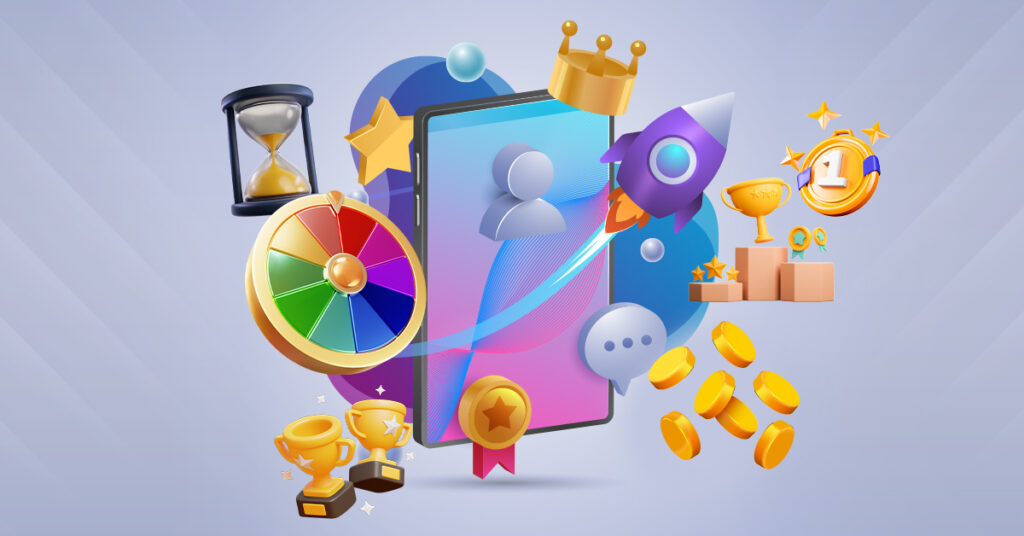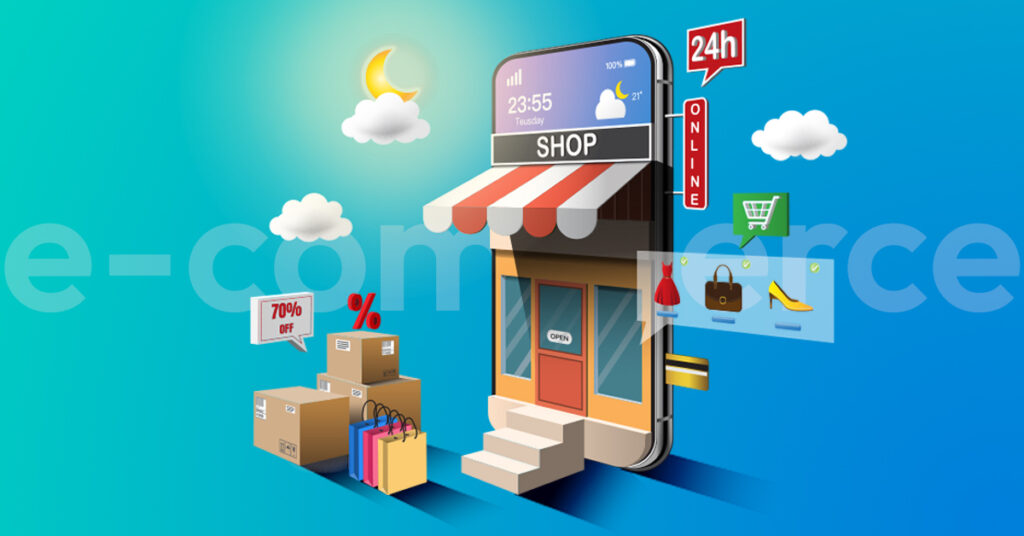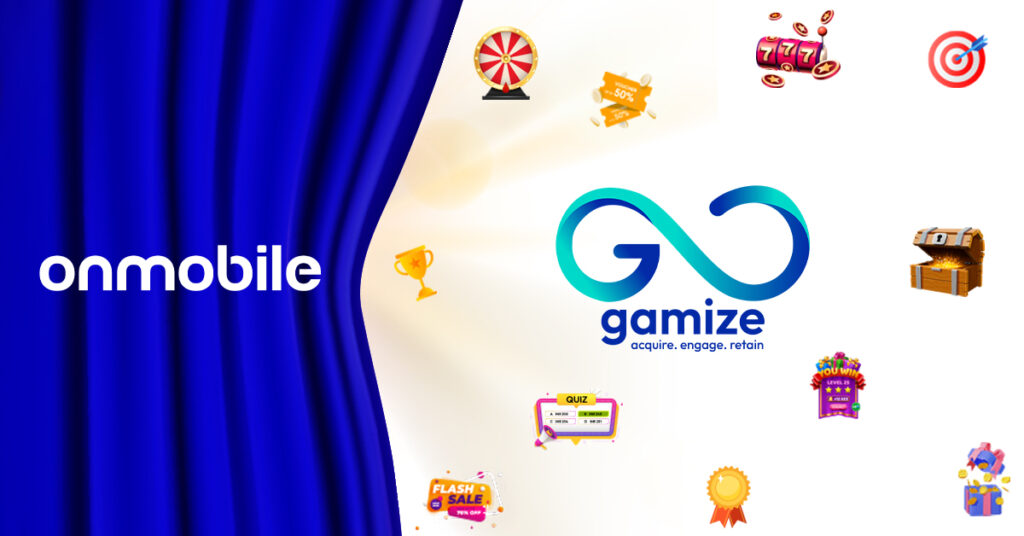In today’s fiercely competitive landscape, it has become increasingly challenging for brands to rely solely on product features or pricing to get ahead of their competitors. Businesses that place a premium on delivering exceptional customer experiences are gaining a substantial edge. Satisfied customers lead to increased revenue through upselling and cross-selling. Positive experiences cultivate trust, loyalty, and vocal advocacy. Well-handled customer experience boosts operational efficiency and lowers support costs. Moreover, customer feedback drives continuous improvement and innovation.
In essence, customer experience significantly shapes how customers perceive a brand, forges lasting relationships, and ultimately charts the course for a business’s success and sustainability amidst fierce competition.
Types of Customer Experience
Five types of customer experiences shape customer behaviour, namely emotional, cognitive, sensory, behavioural, and brand experiences. Each type exerts a distinct influence on customers, impacting their likelihood to return and advocate for the business. Let’s dive into the types of Customer Experiences & Some Examples.
1. Emotional customer experience centers around crafting a positive customer journey characterized by friendliness, timeliness, and support. For instance, in the banking industry, emotions like security and peace of mind hold significant value as customers entrust their money to the institution. Banks achieve this emotional connection through personalized customer service, proactive fraud detection measures, and the implementation of gamified reward systems that motivate customers to earn points, badges, and virtual currency redeemable for diverse rewards. This investment in emotional customer experience ensures that customers develop a strong affinity for the bank, encouraging them to maintain their relationship with the institution over time.
2. Cognitive customer experience is all about crafting a streamlined journey for customers, prioritizing efficiency. Customers can swiftly access information or products and answers to their queries that empower them to make informed decisions, ultimately leading to tangible sales. A prime example lies in the world of e-commerce. Here, a customer visiting
an online retail store benefits from an interactive product recommendation tool, which suggests items based on their browsing history and preferences. Furthermore, in the mobile apps of retailers, captivating features like interactive games, virtual treasure hunts, or challenges reward customers with discounts, freebies, or exclusive promotions. These gamified elements entice customers to engage with the app and the brand, establishing a profound connection, fostering loyalty, and boosting sales beyond conventional retail transactions.
3. Sensory customer experience as its name implies, focuses on crafting a customer journey that actively engages the senses, leaving a positive and memorable impact. An exemplary illustration is found in the education sector, where students interact with
e-learning platforms incorporating multimedia elements like interactive videos, captivating graphics, and audio explanations. This sensory-rich educational experience appeals to multiple senses and enhances information retention, making learning more enjoyable and effective. To further elevate the educational experience, educators are embracing gamification in education, capitalizing on the innate desire for challenge, competition, and rewards. By transforming lessons into immersive storytelling experiences, educators create interactive narratives featuring visual, auditory, and tactile elements that deeply captivate students and their parents, drawing them into the e-learning platform.
4. Behavioural customer experience is centered around creating a consistent and seamless journey for customers. Each interaction with the brand delivers the same level of customer service, fostering a sense of reliability and trust and ensuring retention. For instance, in the fitness industry, a
gym member uses a fitness app that offers personalized workout plans, tracks progress, and provides real-time feedback on exercise techniques. This behavioural experience serves as a motivator, encouraging the member to maintain consistency in their workouts and achieve their fitness goals. In the current landscape, fitness platforms and apps leverage gamification to elevate the behavioural customer experience. They organize gamified challenges and competitions, allowing users to compete with others or themselves. Incorporating leaderboards and virtual rewards introduces a competitive element, inspiring participants to push their limits and stay motivated and engaged with the brand.
5. The Brand experience focuses on creating a customer journey with experiences that reflect the company’s values, mission, or brand image so that customers remember you. For example, a streaming platform curates its content and user interface to reflect a specific brand identity. The platform may use a distinct colour scheme, logo, and overall visual design that aligns with its brand values and target audience. Additionally, they may offer exclusive original content that embodies their brand’s unique style and storytelling approach. During live events, such as award shows or concerts, media companies may incorporate gamified features, such as live polls or real-time interactions, to keep the audience engaged and involved. By delivering a consistent and immersive brand experience, the streaming platform creates a memorable and engaging journey for its users, fostering brand loyalty and encouraging them to return for more content.
Conclusion
By comprehending customer behaviour and crafting a customer journey that embraces all five types of customer experience, businesses can ensure they deliver the most exceptional and rewarding customer experience possible, securing an advantage over their competitors and fostering long-term success.











